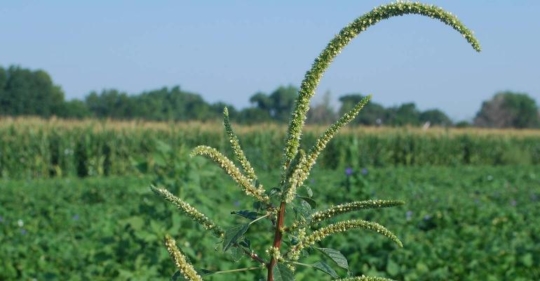Explore our blog featuring articles about farming and irrigation tips and tricks!
7 Tips To Battle Pigweed

By: Kansas Farmer
A new community-based awareness initiative is informing growers about the risks of waterhemp and Palmer amaranth and teaching them how to fight back.
Weed scientists with The Ohio State University have worked with the United Soybean Board and the Ohio Soybean Council to launch a “No Pigweed Left Behind” campaign in their state, where problematic pigweeds (Amaranthus species) have been spotted in multiple counties.
“Our goal is to hold the line against pigweed and avoid large-scale infestations,” says Mark Loux, Ph.D., of The Ohio State University. “We want growers to understand they can’t beat these weeds with herbicides alone.”
What makes pigweed (especially Palmer amaranth and waterhemp) so problematic?
A single female plant will often produce hundreds of thousands of small seeds. The weed grows rapidly – as much as three inches a day under ideal conditions. That’s a problem since most post-emergence herbicides must be applied when the plants are less than three inches tall. To add to the complexity, pigweed plants can rapidly develop resistance to multiple herbicides.
Stay up to date on all T-L news and get alerts on special pricing!


